Habitat loss is one of the biggest threats orangutans face today. It isn’t just destroying forests—it’s tearing families apart. When the forests fall, orangutans lose everything: their home, their food, their safety. Left exposed and vulnerable, they become easy targets for poachers. Mothers are brutally murdered, their babies ripped from their arms and sold into the illegal pet trade. Locked in cages. Denied the freedom they were born to have.
Asto and Asih know this pain all too well. These two young females should have had many more years of love from their mothers, learning the skills they need to survive. Instead, they were locked away illegally at a suburban home on the Indonesian island of Java.
But their story doesn’t have to end in captivity. With your help, they can reclaim their freedom. Will you help give them the future they deserve?
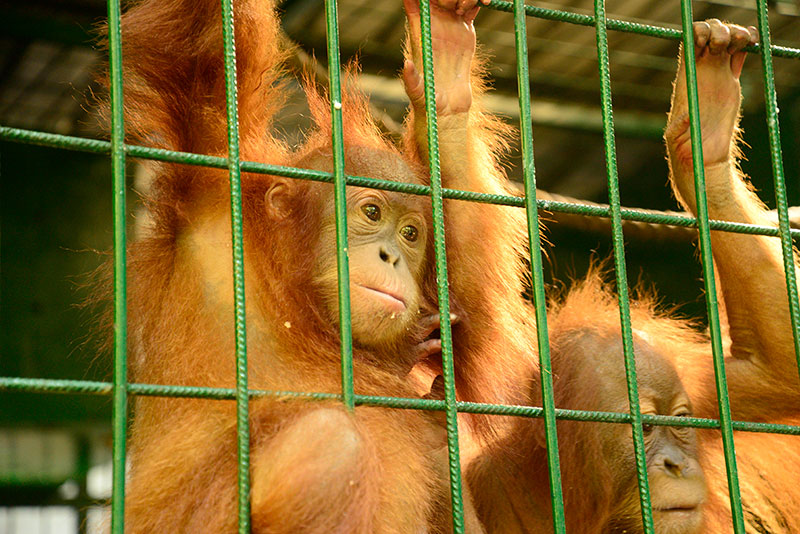
These precious orphans were rescued in a daring mission. Weak and frightened, they were comforted and given emergency medical checks, milk, nutritious food, and rest. Then, they began the long journey to our SRA rescue centre in North Sumatra.
Four-year-old Asto and two-year-old Asih arrived scared but resilient. With time, patience, and love they began to heal from their trauma. Asto quickly showed she was the boss, however she is patient if little Asih takes her food. They both love watermelon, bananas and milk and turn their noses at sweet potatoes.
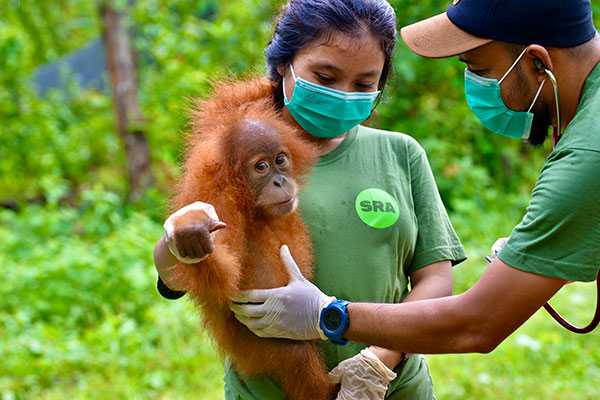
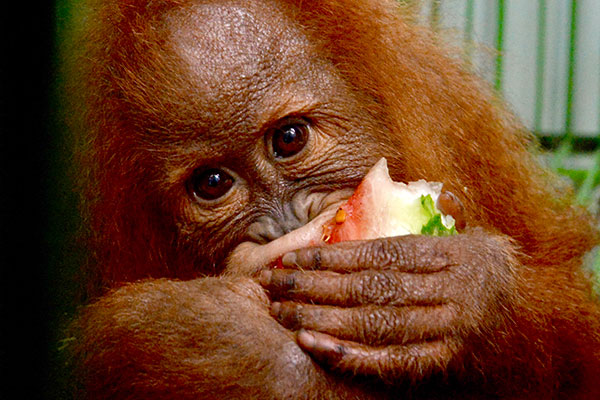
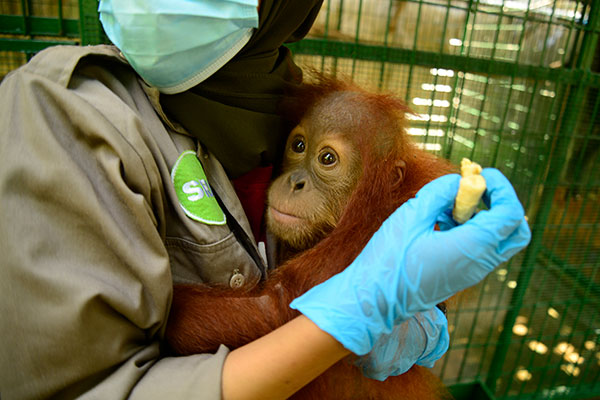
The dedicated carers at SRA are committed to giving Asto and Asih the love and care they need. With plenty of nutritious food, milk, and gentle encouragement, they are growing stronger each day.
Just like human children, infant orangutans need to learn the skills they need to survive. In the wild, a baby orangutan will usually spend more than eight years with their mother to learn all the vital skills they need to thrive in the wild. They need to master climbing, foraging, nest building, and how to navigate the dangers of the rainforest. Without that guidance, Asto and Asih can never return to the wild. But with the support of people like you, they can reclaim the wild life they were meant to have.
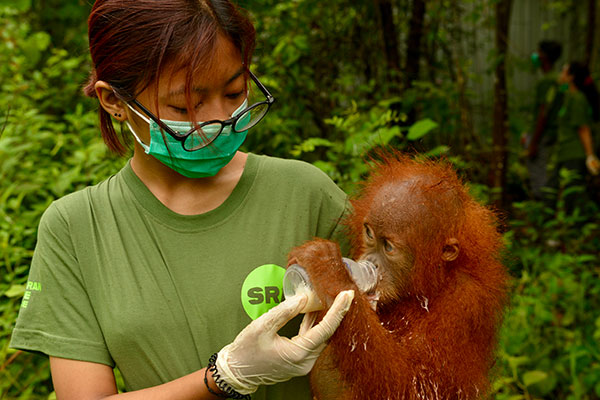
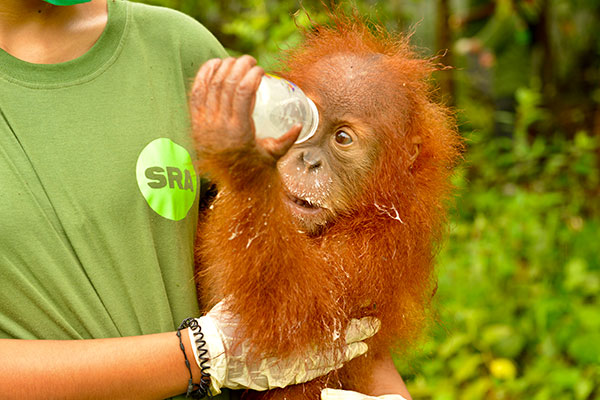
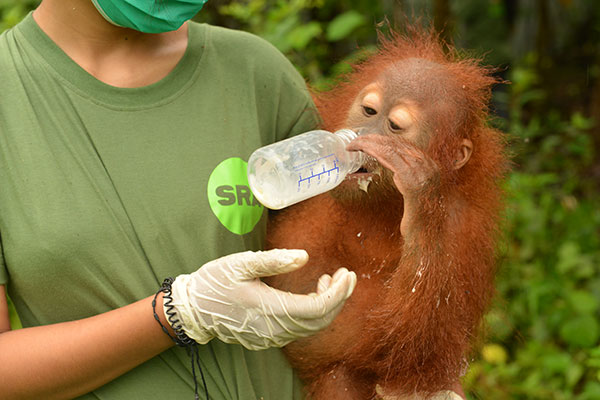
Thanks to kind people like you, Asto and Asih have taken their first steps toward freedom. They’re now at Jungle School, learning the survival skills their mothers never had a chance to teach them.
Their journey is just beginning, and they still rely on their carers for guidance and security. Each evening, the team coaxes them back with milk, ensuring they return safely to their enclosure for the night. But with each passing day, Asto and Asih are growing braver, stronger, and one step closer to reclaiming their place in the wild.
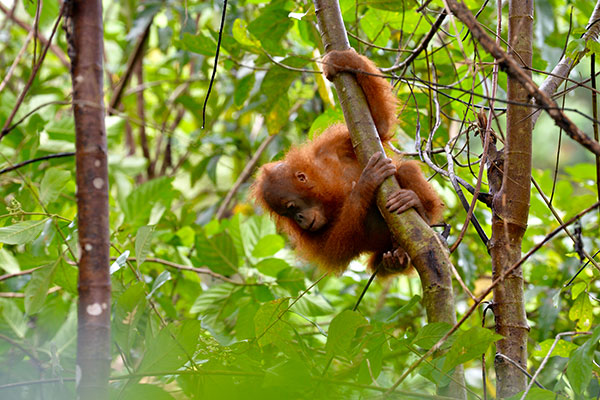
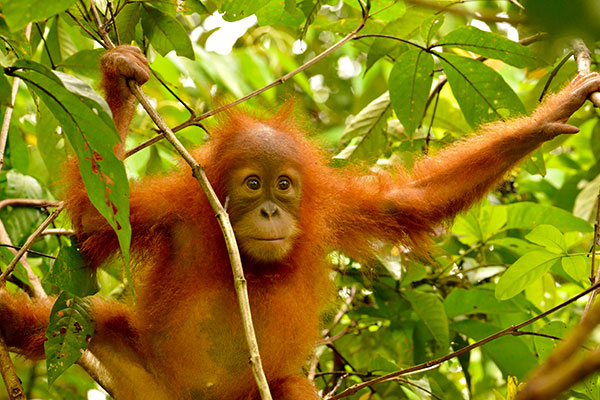
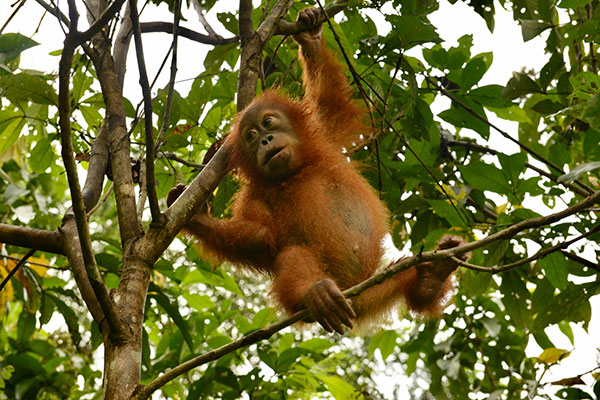
Rehabilitating an orphaned orangutan is a long and delicate journey. It takes at least five years of care, training, and jungle schooling. That’s why we need the help of more compassionate people like you. Can Asto and Asih count on you to help them reclaim their wild future?
Join the team today and be a part of their journey back to the wild!